 By properly starting CNC machines and ensuring that their moving parts are well lubricated, you can create precision parts in an accurate and consistent manner. Running a CNC machine requires a good eye and attention to detail. By observing the machine while it is cutting and diligently measuring parts, you can make the adjustments and tool changes necessary to reduce waste. Read on for a step by step guide on properly operating CNC machines.
By properly starting CNC machines and ensuring that their moving parts are well lubricated, you can create precision parts in an accurate and consistent manner. Running a CNC machine requires a good eye and attention to detail. By observing the machine while it is cutting and diligently measuring parts, you can make the adjustments and tool changes necessary to reduce waste. Read on for a step by step guide on properly operating CNC machines.
1. Set the machine positioning according to the manufacturers specifications. When a machine is first turned on, it does not know where the spindle is located in relation to the chuck jaw or the work table, respectively.
2. Start the spindle in a mill or the lathe in which you are using. These have to spin for a few minutes to allow them to warm up and lubricate them before accurate cuts can be made. Start them using the manual speed knob or button and slowly increase the speed to about 50% of the maximum. Leave them spinning for up to 10 minutes to ensure that the lubrication has reached all parts of the spindle.
3. Insert tools into the tool turret. You can either insert them directly into the tool turret or call the tool up on the control and manually insert them into the spindle. Afterwards, call up the next tool. The machine will put the existing tool into the tool turret, and you can then insert the next tool into the spindle.
4. Teach every individual tool so that the machine control knows the depth. Because the tool will enter offsets for every tool, you should teach them individually so that the machine is aware of the location of the tip of the tool. The machine should have a tool offset screen along with an automatic tool teach routine that will teach each tool you have placed automatically using a tool eye or laser to register the tip location of the tool.
5. Call up the program to be used, or write one at the machine. Most CNC controls have hard drive space where the programs can be stored. You can also create a new program directly at the control and run a simulation to ensure that there are no problems.
6. Start your program at a slow feed rate. This is to ensure that the things look right and that each individual tool is doing what it should basing on the program movements. Once you get through the first piece, you can raise the speed of the feed rate, but just keep an eye on your tooling. Look for wear of breakage, and make the necessary offset adjustment or tool changes.
Once you get a grip on how to properly use CNC machines, it should come easy from then on. However, for those with little experience working with such machines, it can be a tough challenge. In this case, consider hiring a reputable machining San Jose company to do the work for you, and be assured of professional results.
